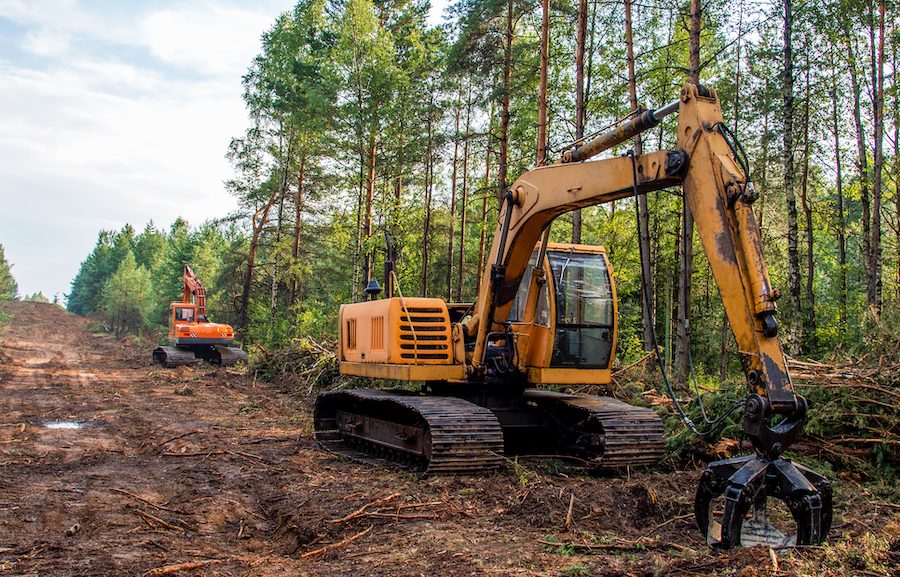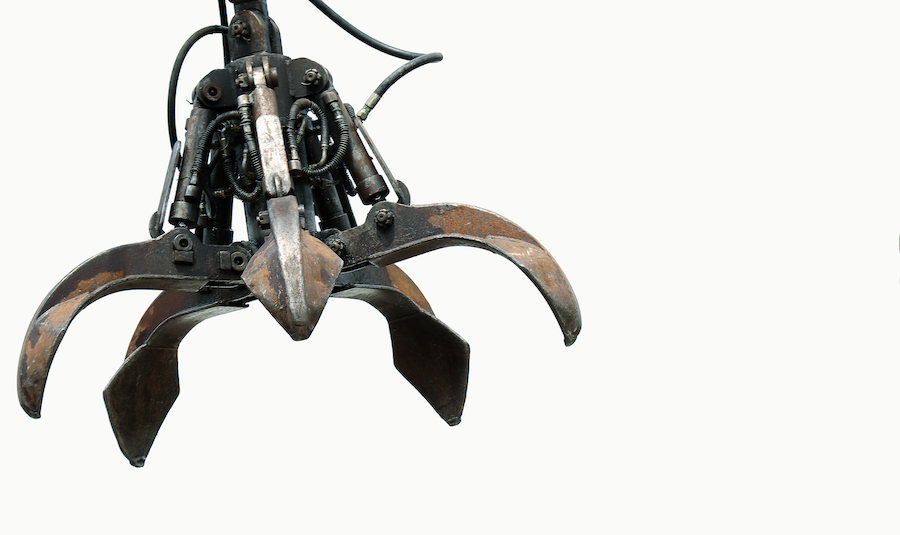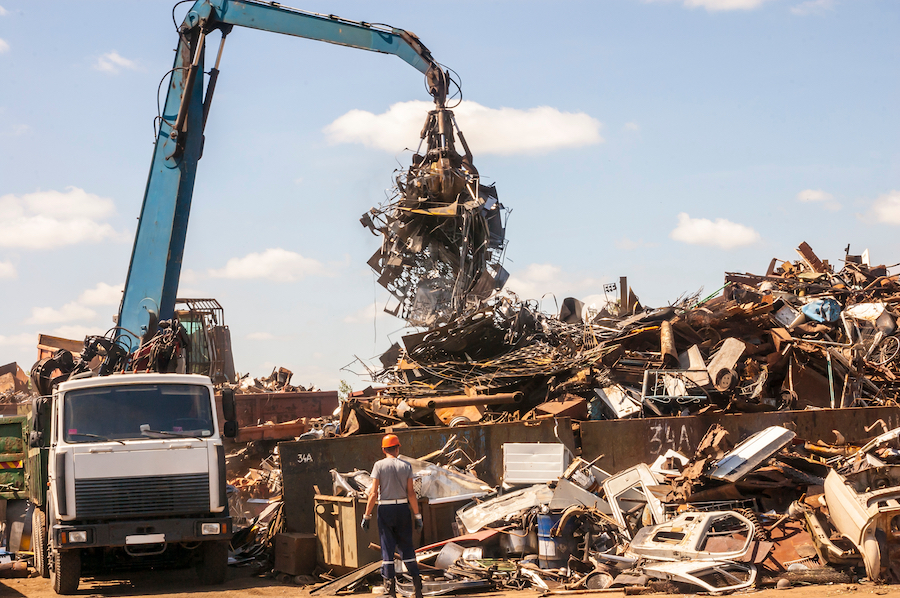As you search for excavator grapples you might be surprised to find the vast amount available. This can make it tricky to determine the best model for your machine. How do you know it will fit? Will it safely lift the necessary items? Below you’ll find a handful of tips you can use to ensure you invest in the right one.
What’s a Grapple?
A grapple is a device that you attach to an excavator to help it dig into the earth or transport items from a site and uses two powerful jaws to do so. A grapple comes in various designs and abilities so you can easily find one that fits your project’s needs.
7 Tips for Determining the Correct Excavator Grapple
The Job Requirements
One of the most vital aspects to consider is the task itself. Will you be lifting large objects? Will the task involve scooping up gravel? The wrong grapple could end up making it harder for you to complete your project.
After considering the job requirements, investigate the different types of grapples. Some of these include:
- Demolition – can pick up debris and crush large objects from demolition sites.
- Orange peel – has a 360° rotation and is best for removing scrap metal.
- Log – is built for forestry work.
- Narrow-tine – can rake up small debris with its thin tines.
If You Need a Hydraulic or Mechanical One
During your search, you’ll note that grapples will either be hydraulic or mechanical.
A hydraulic grapple connects to the excavator’s hydraulic circuit. This option is ideal for intricate tasks because the grapple’s settings can be adjusted accordingly. It also has intense pressure so it can quickly crush steel beams.
A mechanical grapple relies on the machine’s cylinder for energy and is attached to its dipper arm. This selection is good for large projects where precision isn’t required. It’s also helpful at pulverizing stones.
The Jaws
The grapple is composed of two jaws that lift or grip an object. In most cases, the lower jaw remains in place while the upper one moves. This jaw selection is affordable and stable. However, there are jaws where both pieces move. While this option tends to be a bit more expensive, it’s more versatile.
Its Specifications
While a grapple might look excellent, that doesn’t mean it’s right for the job. It’s key that you carefully study the manufacturer’s specifications. This will include its:
- Weight capacity
- Rotational abilities and limits
- Rotation pressure
- Flow direction
- Load capacity
- Jaw pressure
Its Durability
To ensure you get the most for your money, check the grapple’s durability. Some ways to do so include inspecting its materials (such as if it’s made of steel) and if it includes a warranty. These can give you a broad idea of how strong it is and its overall lifespan.
Its Maintenance Needs
It’s also good to see the maintenance requirements of the grapple. Sometimes, certain grapples might need to be regularly cleaned to function correctly. You also need to see how often its components need to be lubricated.
It’s crucial that you check these aspects beforehand. If you find that the grapple needs excessive maintenance needs, you need to be prepared to follow them. Otherwise, you’ll find that it could break or wear down quickly.
Review the Company
You’ll also want to take time to review the company. This will give you a better understanding of previous customers’ experiences and of their stock. Besides this, you can read more about their history and certifications.
If a grapple supplier doesn’t provide this information or if it’s hard to find reviews of them, it’s probably best to look elsewhere.
Where Can I Find Grapples?
A simple online search will lead you to numerous grapple suppliers. You can look around to see what might work for your tasks and get a better understanding of the inventory available.
In addition to this, ask around. By doing so, you’ll learn of potential suppliers and other people’s experiences with them.
Keep in mind that you need to make certain that a potential grapple will work with your excavator. Sometimes, excavators will only run with a grapple built by the same manufacturer.
Can I Rent Them?
Rental grapples are often available. This is a good option if you only intend to use the grapple for a short time or would like to test the model to see if it’s worth purchasing.
Types of Excavators to Use with Grapples
It’s also a good idea to review the different excavator models that you can operate with a grapple. Here are some of the most commonly used machines.
Dragline
This substantial model uses a cable system to haul its grapple. Draglines will either be built onto a traditional cab or a special unit that’s constructed on the site. They’re used for pile driving rigs and dredging.
Crawler
One of the most frequently relied-on excavators is a crawler. This model uses chain wheels which aids it in gripping the landscape it’s traveling on. This way, it can safely move on inclines.
Skid Steer
This compact model is fitting for smaller projects, such as debris removal or pool digging. Unlike other excavators, skid steers run on thick rubber wheels. Because of its size, this option works quietly and has lower ground pressure so there’s no need to worry about it tearing up the terrain.
Suction
Suction excavators are equipped with a strong pipe that can both suck up water and release it. This pipe is built with tiny teeth around its edges which helps remove soil from the water. Suction excavators are ideal to utilize around delicate areas, such as pipe installations, because of their impressive precision.
Long Reach
This option features an extendable horizontal arm that can reach up to 100-feet away. Thanks to this length, it aids workers in reaching difficult areas during demolition or debris removal.


